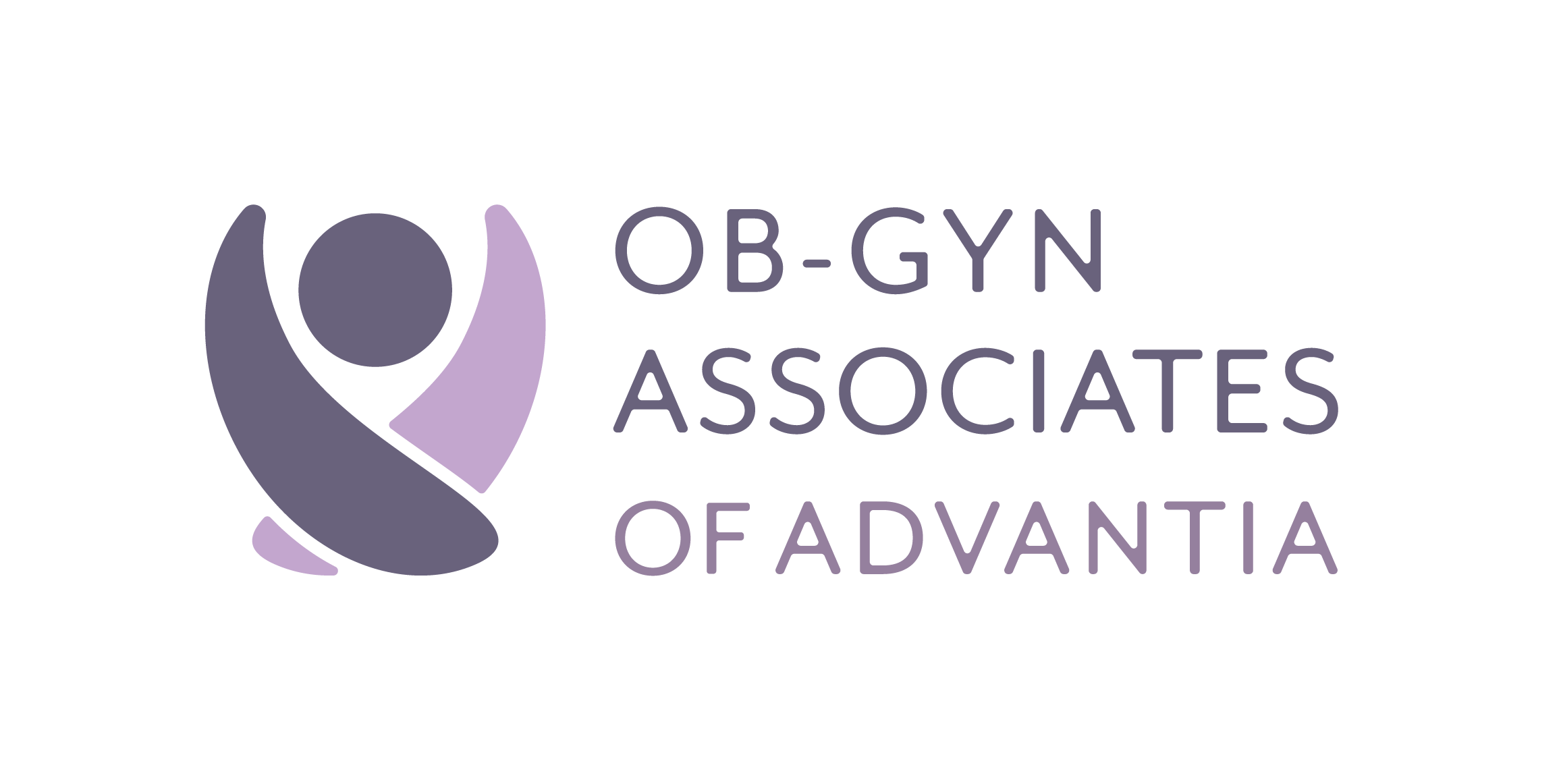
Published on: 1 October, 2014
Read Time: 3 min
Congratulations on the upcoming birth of your baby. If you’re like most women, the discomfort of labor and delivery are things that you may find yourself thinking about. Women’s experience of pain during labor varies greatly. It’s possible to have labor with relatively little pain, but it’s wise to prepare yourself by planning some strategies for coping with the discomfort.
Pain management strategies during labor include non-pharmacological interventions (that aim to help women cope with pain in labor) and pharmacological interventions (that aim to relieve the pain of labor). You should feel free to choose either non-drug pain relief management or drug relief intervention to help you during your labor.
Non-drug pain relief management includes:
- Your support person
- Breathing techniques (Lamaze)
- Relaxation
- Music therapy
- Aromatherapy
- Warm baths or showers
- Frequent changing of positions
- Birthing ball
- Massage and/or visualization
- Ice packs
- Acupressure
- Hypno-birthing
Sometimes women in labor need medication for additional pain relief. These medications may have an impact on breastfeeding; such as, the baby being less alert during the first hour or their ability to suck and/or swallow may be disorganized due to sleepiness. Therefore, the first hour after delivery is very important to establish a positive breastfeeding pattern for both you and your baby.
Importance of breastfeeding for baby
The first hour after birth is known as “the golden hour” when your baby most alert and it is the perfect time to start feeding. Following this period of time the baby moves into a sleepy stage for about 24 hours. After your delivery there are some things that you can do to ensure breastfeeding success. These include:
Skin-to-skin contact
Skin-to-skin can help the mother and baby learn about each other through touch, warmth, and smell, until the baby starts to breastfeed. This is the basis of “kangaroo care” for premature babies. The mother carries her baby against her body, skin-to-skin, building a bond of love and trust. The effect seems magical: the baby is better able to maintain body temperature; heart and breathing rates become more regular; the baby eye contact with his mother and may explore her nipple and perhaps attempt a few tentative sucks, which is especially gratifying to the mother. The principles of kangaroo care can be helpful for any mother and her breastfeeding baby.
Breastfeeding within the first hour
Babies are very alert the first few hours of birth, then typically sleep a lot during the first day of life. Initiating the first breastfeeding within the first hour of life ensures that the infant establishes a good pattern of feeding early.
Establishing good breastfeeding practices in the first days is critical to the health of your infant and to your breastfeeding success. Initiating breastfeeding is easiest and most successful when you are physically and psychologically prepared for birth and breastfeeding and when you are informed, supported, and confident in your ability to care for your newborn.





